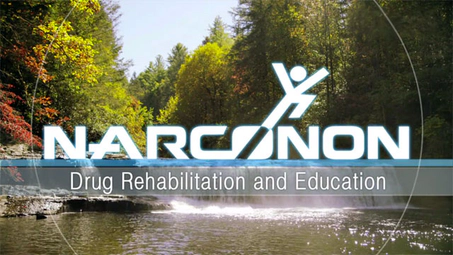DRUGS: WHAT YOU
NEED TO KNOW Booklet

Signs and Symptoms of Club Drugs Addiction
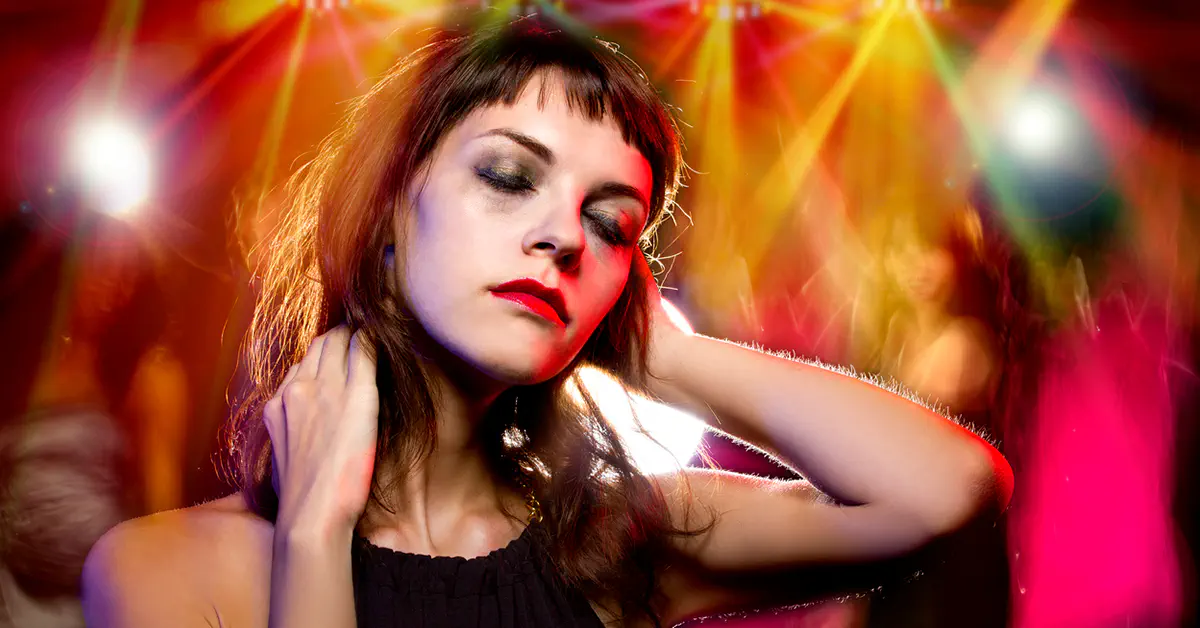
The category of club drugs is composed of all the types of drugs commonly used when people go to dance clubs, nightclubs or music venues.1 While those who use these drugs take them to “enhance” the music and dancing experience, they can all be addictive and some can either be deadly or cause lasting trauma and injury.
The group of club drugs includes:
- MDMA (Ecstasy)
- GHB
- Rohypnol
- Ketamine
- Methamphetamine
- LSD
While methamphetamine is used in clubs and dance venues, it is also widely used outside of these environments.
In a nightclub or at a rave, an individual may try to purchase and consume one of these drugs and get a contaminated drug or a pill or a vial that actually contains something entirely different. Drug dealers commonly use whatever is at hand to press into a pill or add to a vial of liquid, including the potent and deadly fentanyl.
It would be impossible to list all the drugs that are actually circulating through these venues, but the drugs above are the most sought-after drugs named by partygoers.
Club Drug Use by Youth and Young Adults
Fewer than 5% of high school students use these drugs each year, but disapproval of this category has been falling since 2013 which can predict increases in future use.2 Increasing numbers of high school students have said that these drugs are not easy to obtain, which may save some of them from addiction to these substances.
The use of club drugs is also relatively low among college-aged individuals, but it increases slightly among those aged 23 to 36, especially among men. The rate of use then drops again for older age groups.3
In their whole lifetimes, however, 20% of those aged 25 to 26 have used one of these drugs, followed by slightly lower lifetime statistics for those aged 27 to 30.4
Signs and Symptoms of MDMA Addiction
MDMA is short for 3,4-Methylenedioxymethamphetamine. Looking at the last part of this name, it’s apparent that this drug is related to methamphetamine. MDMA is a stimulant that creates the following signs for those addicted to it:
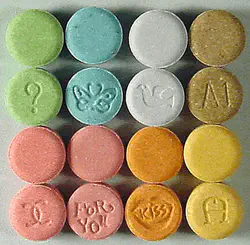
- Euphoria
- Artificial feelings of closeness, empathy, and sexuality
- Increased tactile sense
- Sensitivity to light and music
But it can also cause these signs to show up, especially after repeated use:
- Confusion
- Anxiety
- Depression
- Paranoia
- Sleep problems
- Drug craving
- Muscle tension
- Tremors
- Muscle cramps
- Overstimulation resulting in high fevers
- Hallucinations
That overstimulation can result in a fever that triggers muscle breakdown and organ failure causing death. While this outcome is relatively rare, it is more common in a hot venue such as an outdoor concert and can occur even the first time a person uses the drug.
Many partygoers start using MDMA when they go to clubs. The confusion, anxiety and depression that follow MDMA use can cause these users to start using the drug all week long for relief of those symptoms. This frequent use speeds their way to full addiction.
Other drugs are frequently substituted for MDMA in pills and vials, including other designer drugs such as MDA and PMA. These designer drugs often have different effects and additional severe side effects. The drug user may try taking more doses of this substitute drug to get the effect desired which can then cause them to fatally overdose. Additionally, these drugs have been found in pills that were sold as MDMA:
- Methamphetamine
- Ketamine
- Cocaine
- Dextromethorphan
- Ephedrine
- Caffeine
Signs and Symptoms of GHB Addiction
GHB is short for gamma-hydroxybutyric acid. This is a central nervous system depressant that is manufactured for both medical and illicit uses. Dance and music venues very often sell GHB to patrons.
There are two chemically-similar drugs that are sometimes substituted for GHB:
- GBL (gamma-butyrolactone)
- 1,4 BD which may be referred to as BD (1,4-butanediol)
Physical and Mental Signs of GHB Addiction
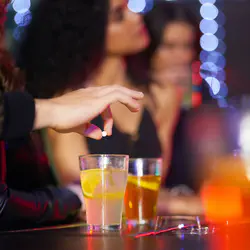
The following signs that one has taken GHB, make it obvious why this drug is used as a date-rape drug:
- Increased sexual desire
- Suggestibility
- Passivity
- Amnesia
Some people want to take this drug for its euphoric and calming effects. It also causes drowsiness, decreased anxiety and confusion. But there is another side to this drug. It can also cause these signs:
- Visual hallucinations
- Excited and aggressive behavior
- Magnification of the central nervous system effects of alcohol and other drugs
Signs of a GHB Overdose
When too much GHB is consumed, a fatal overdose is possible. The following symptoms indicate that a person needs emergency care:
- Unconsciousness
- Seizure
- Slowed heart rate
- Very slow breathing
- Reduced body temperature
- Vomiting
- Nausea
- Coma
GHB Withdrawal
Frequent use can lead to addiction requiring medical support during withdrawal. High-frequency users are the ones most likely to suffer severe symptoms during withdrawal, including delirium and psychosis. Withdrawal symptoms can also include insomnia, anxiety, tremors, and sweating. Withdrawal is usually more severe if a person has been abusing other drugs or alcohol at the same time.
Signs and Symptoms of Rohypnol Addiction
This is a prescription drug that is often smuggled across the border from Mexico for illicit use. In Mexico, it is an over-the-counter drug.
Rohypnol is the brand name for flunitrazepam. It’s a central nervous system depressant used for its anti-anxiety and muscle relaxant effects.
Physical and Mental Signs of Rohypnol Addiction
- Euphoria
- Drowsiness
- Relief of anxiety
- Reduced inhibitions
- Impaired judgment
- Amnesia
- Changes to reaction time (slowed or faster)
- Confusion
- Aggression
- Excitability
Some of the effects of this drug make it desirable for a person wishing to commit date rape.5
Rohypnol is frequently used with other drugs, for example, with alcohol to create increased intoxication, or with cocaine or other stimulants to relieve the edginess associated with those drugs. Combining drugs that affect the central nervous system such as opioids, alcohol or sedatives increases the risk of a fatal overdose.
Signs of a Rohypnol Overdose
On its own or combined with other central nervous system depressants like alcohol, heroin or Xanax, an overdose of Rohypnol can cause these signs:6
- Severe sedation
- Unconsciousness
- Slowed heart rate
- Slowed respiration that can result in death
Signs and Symptoms of Ketamine Addiction
Ketamine is an anesthetic that is primarily used in veterinary settings. Supplies are diverted to the illicit market where it is used in music venue settings for its dissociative and hallucinogenic effects. When a person wants to feel dissociated from their environment or their own identity, this might be the drug they choose.
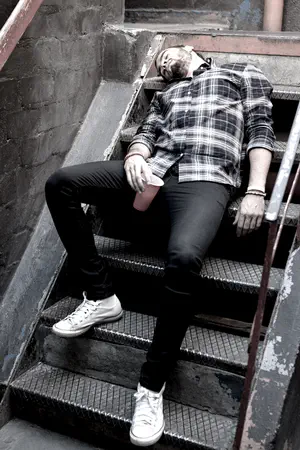
In addition, symptoms of ketamine addiction can include:
- Sedation
- Inability to move
- Deadening of pain
- Amnesia
- Distortion of sight and sound
- Agitation
- Depression
- Difficulty thinking clearly
- Reduced ability to learn
- Unconsciousness
- Increased heart rate and blood pressure
- Nausea
- Slowed breathing
- Delirium
Ketamine is capable of causing both physical and psychological dependence.
Signs and Symptoms of LSD Addiction
LSD is the hallucinogen popularized in the late 1960s. It is a potent mind-altering drug that still has wide popularity as an abused drug at festivals and dance venues.
During the hallucinations created by this drug, users may experience distortions of time, sound, color, touch, light, or self-image. They may be unable to assess their own abilities or dangers around them, a phenomenon that has resulted in the deaths of some users.
Physical Signs and Symptoms of LSD Addiction:
- Dilated pupils
- Faster heart rate
- Higher blood pressure
- Sweating
- Lack of appetite
- Dry mouth
- Shakiness
- Sleeplessness
Some drug users can suffer lengthy adverse effects after stopping the use of this drug. It’s possible to suffer either brief or long-lasting psychotic episodes. This drug is not as physically addictive as it is psychologically addictive.
Mental and Behavioral Signs of LSD Addiction
LSD addiction takes the greatest toll on a person’s mental and behavioral status. Mental reactions may be pleasant or they may be terrifying and uncontrollable.
- A person may experience many emotions at once or in rapidly-changing succession
- Fears may escalate irrationally
- A person may be afraid that they are about to die or that someone wants to kill them
- They may become confused, suspicious or paranoid
- Their fear may make them violent or cause them to flee, resulting in injury
- Depression or anxiety may follow the experience of using the drug
Those taking LSD will develop a tolerance, meaning they have to take larger doses to get the effect they are looking for. These increased dosages boost the user’s risk of convulsions, coma, organ failure or death.
Seeking Help for a Person Addicted to Club Drugs
While people take these drugs seeking a good experience and more fun, none of them are safe. Any of them can turn on the user at any time, causing serious physical or mental damage and often, death. A person may escape serious harm several times and then encounter a result that makes them regret ever starting to use any of these drugs.
Drug rehabilitation services can help a person who has been using club drugs. With the support of rehab, a person can once again build a healthy, sober life for themselves and escape the dangers of club drug addiction.
Sources:
-
DEA. “Drugs of Abuse.” DEA, 2017. DEA. DEA Publication (PDF) ↩︎
-
Monitoring the Future. “Key Findings on Adolescent Drug Use.” MTF, 2021. MTF. Article (PDF) ↩︎
-
Monitoring the Future. “Demographic Subgroup Trends Among Young Adults.” MTF, 2021. MTF. Article (PDF) ↩︎
-
Monitoring the Future. “MDMA (Molly, Ecstasy).” MTF, 2021. MTF. Article (PDF) ↩︎
-
OASH. “Date Rape Drugs.” Office on Women’s Health, 2021. womenshealth.gov ↩︎
-
NIDA. “NIDA Community Drug Alert Bulletin - Club Drugs.” NIDA, 2004. NIDA. NIDA Article ↩︎


 ®
®
